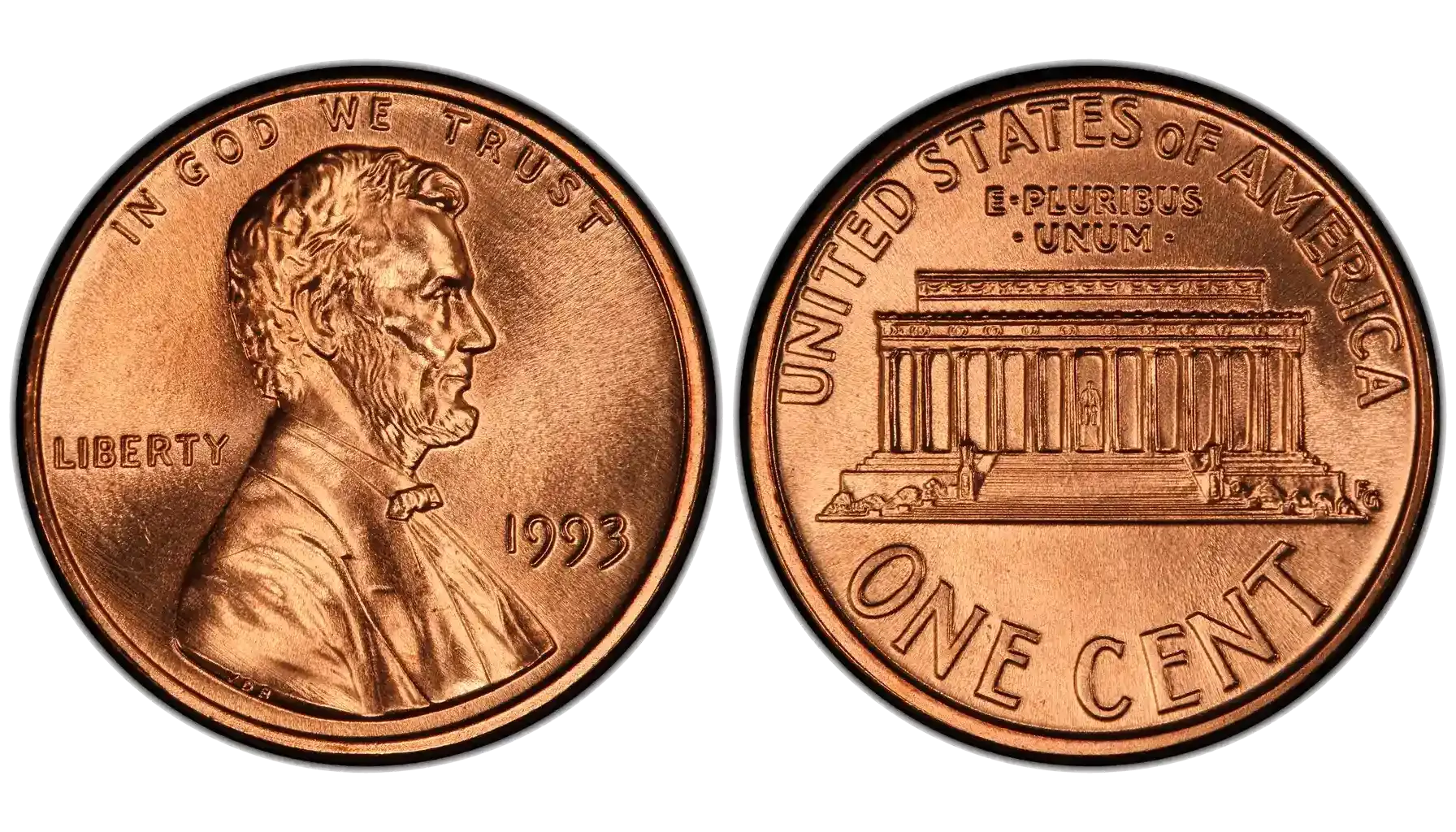Contents:
A dime from 1939 sure has many stories to tell. Old coins often have not only a rich history, but also can make you rich.
What makes up the 1939 Mercury dime value? Where does the name Mercury come from? What is a Full Band piece? Here is in this article.
Want to make sure what you have is an actual Mercury dime 1939? The easiest app to identify the coins is here!
1939 Mercury Dime Overview
This unique piece combines the designs of Lady Liberty with Mercury, a Roman god.
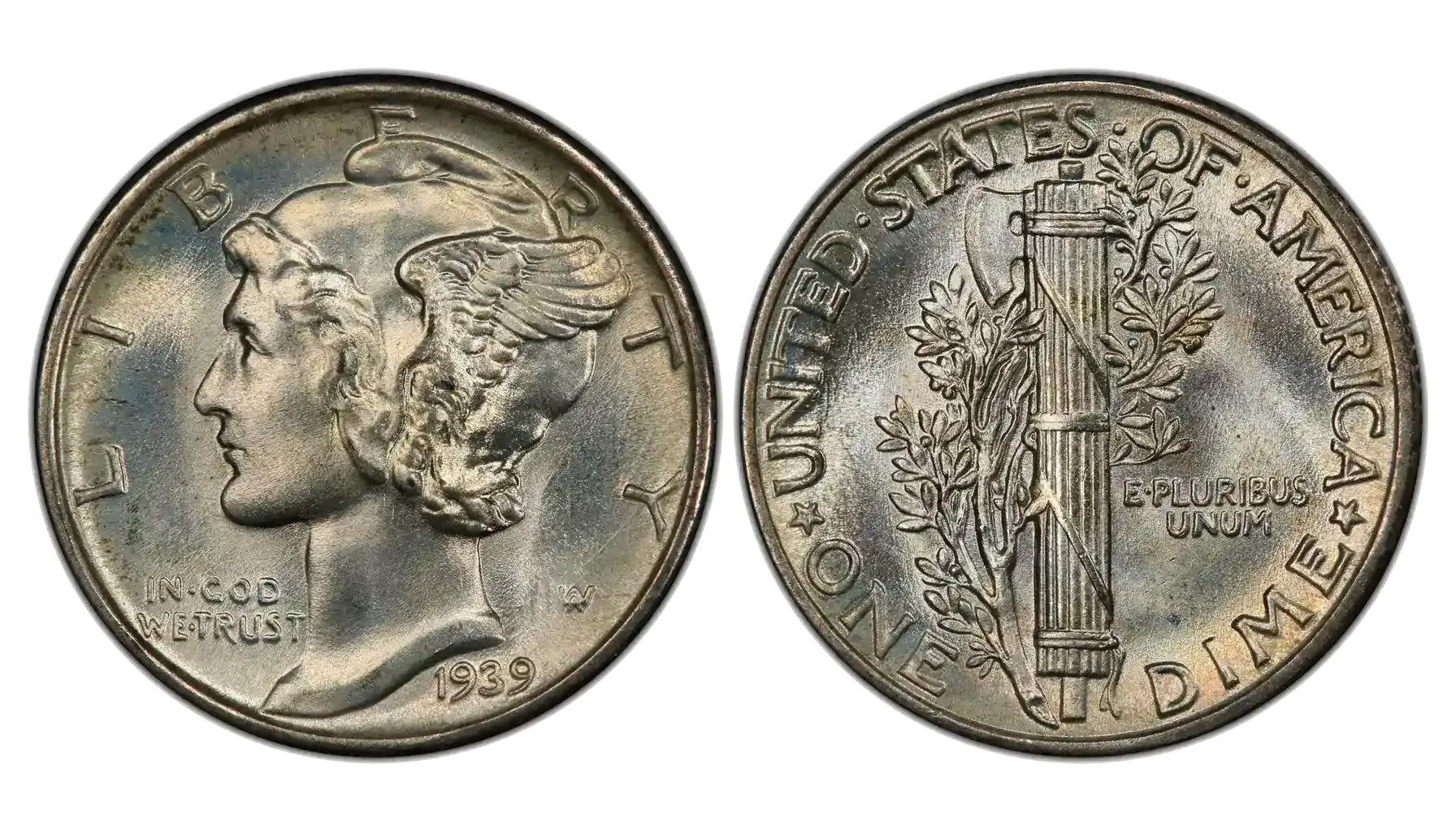
Observe: Lady Liberty wearing a cap with wings. The same winged cap is worn by the Roman god Mercury. Such headwear represents freedom of thought. The word "LIBERTY" encircles the portrait. The motto: "IN GOD WE TRUST” lies under Liberty’s chin.
Reverse: An olive brunch around fasces. It’s a symbol that the United States is prepared for war and its desire for peace. The lettering UNITED STATES OF AMERICA encircles the fasces. The motto E PLURIBUS UNUM is near the fasces..
The main characteristics of the 1939 US dime | |
Country | United States |
Years of Minting | 1916-1945 |
Type: | Standard circulation |
Shape: | Round |
Composition and metal content | 90% Silver, 10% Copper |
Diameter | 17.9 mm |
Weight | 2.5 grams |
The Mints | Philadelphia, Denver, San Francisco |
Fun fact: The 1939 Liberty dime is not a rare coin at all. Circulated ones trade for about $3-4. However, the perfect piece with full split bands on the fasces on the reverse can go for $1000 and more!
Handle a Dime With Care
The coin is mostly silver. Gladly, Mercury dime’s name comes from the Roman god symbolism and not the content.
Silver is not a bad material, but erosion doesn’t treat it well. The 1939 Mercury Head dime series is very fragile when worn on high areas, such as the helmet's wings and the facial details.
Factors to 1939 Dime Value Today
Several factors make a common piece a precious piece. How much is a 1939 dime worth? The following factors play a big role:
Mint marks.
Errors.
Grading.
Mint Marks Value
A special letter, usually taking up the lower side of the coin is called a mint mark. A mint mark signifies the place of minting.
Be mindful of one mark though. 1939 dime W mint mark. Some people ask about 1939 W Mercury dime value, while technically... there's none.
You might see the letter “W” where you usually expect a mark. The 1939 Mercury dime W mint mark doesn’t exist. It’s just a monogram. It stands for Dolph A. Weinman, the piece’s designer. Therefore, the 1939 W dime value depends on the “real” marks.
Some marks are rarer than others, affecting the price.
Mark letter | Description | Value for one piece (general) |
P-mark (or blank space) | Philadelphia Mint | $3.40 |
D-mark | Denver Mint | $3.40 |
S-mark | San Francisco Mint | $3.40 |
Three Mint facilities had similar mintages, so their pieces have similar value.
Let’s look at each of them. Maybe there’s something special about one out of three varieties.
1939 Mercury Dime No Mint Mark Value
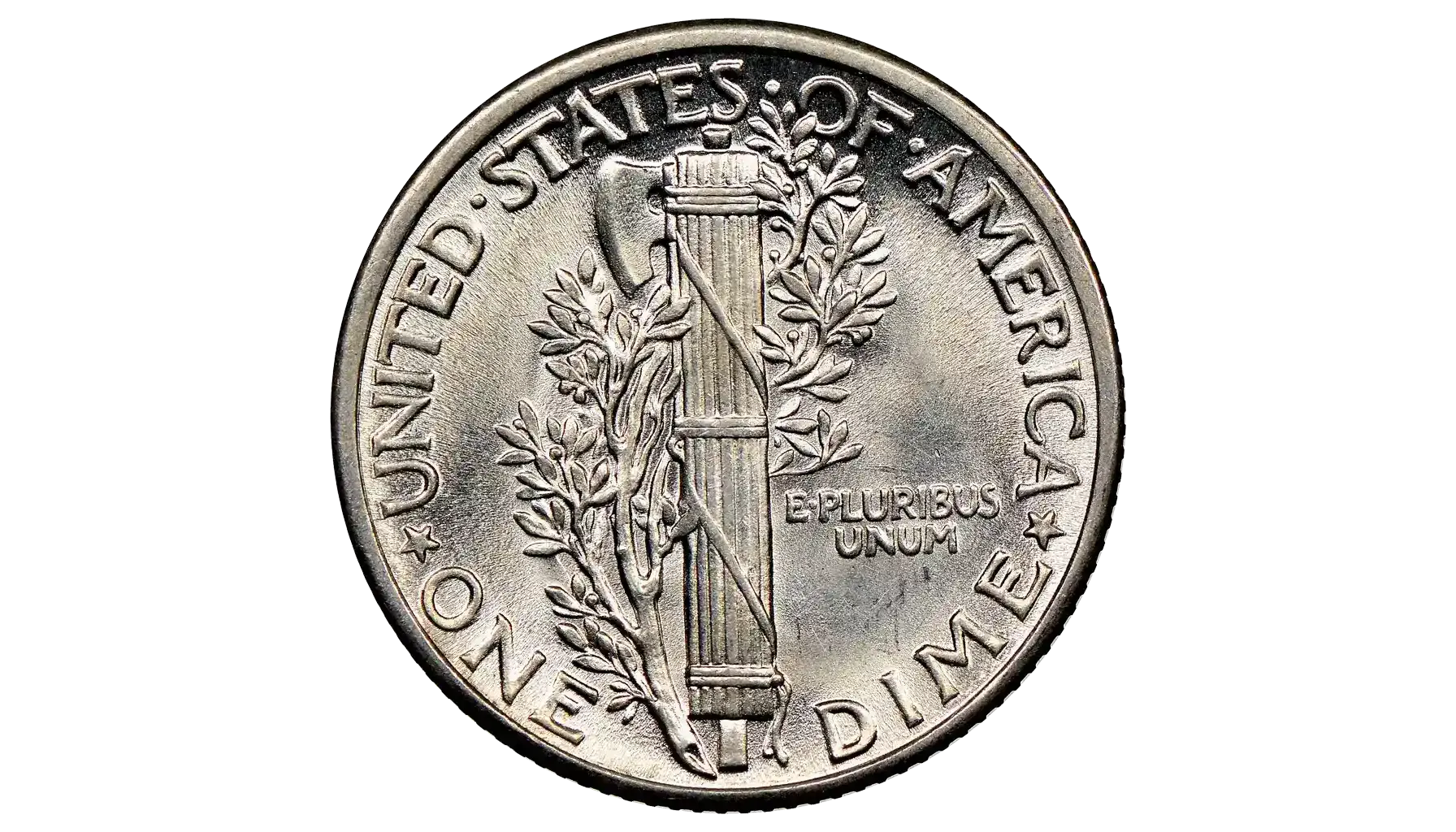
A coin without a mark? In the past it was a normality.
Philadelphia is where the art of American minting started. That is why for a long time coins made there didn't even have mint marks. It was presumed that all coins came from the Philadelphia Mint.
The 1939 dime no mint mark value is low. The piece is abundant. The 1939 mint was 67,740,000 pieces. Such coins can get you a few dollars at most.
1939 D Dime Value

The “D” stands for Denver Mint, one of the oldest coin-minting places.
If you have a hard time finding the Mark, it's right under the olive branch. The mark is on the reverse side.
The Denver Mint made 24,394,000 dimes in 1939. Therefore, the 1939 D Mercury dime value is also low.
1939 S Mercury Dime Value

“S” stands for the San Francisco Mint facility. The 1939 mintage was about 10,540,000.
1939 S Mercury dime value is just a few dollars, similar to the other variants. Though it has a peculiar sub-variant.
1939 Dime Error Cases
Minting flaws are rare, but they make the piece itself more rare and so much more precious. Value of the 1939 dime grows with the severity of its errors.
Off-Center Dime

When the focal point of a coin, a portrait, occupies a side and not the center, it’s a flaw.
Depending on the severity of the error, the value of 1939 Mercury dime can rise to $499 or even more.
Error cause: when the planchet enters the striking chamber of the press, it should be centered. If it’s off — either partially or mostly outside the striking area — then the die only strikes part of the planchet. The result is an off-center bit.
Lamination Error
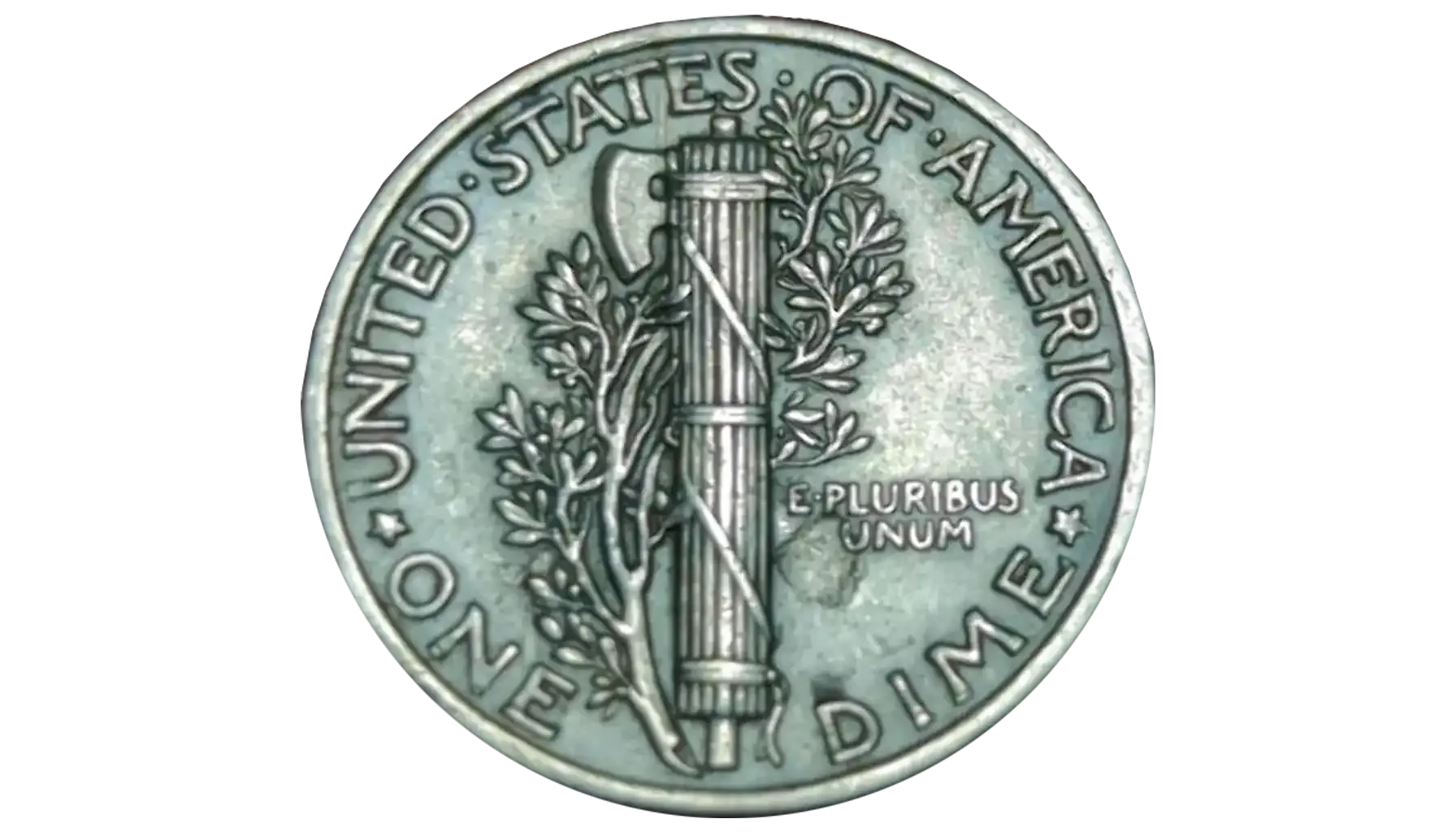
This error typically appears as a peeling, cracked, or missing piece of metal on the coin’s surface. In this case the region around the word “UNUM” looks like there wasn’t enough paint or metal.
What is a 1939 dime worth with such an error? It depends on the severity, but one coin gets you $50 and more.
Error cause: the flaw in the metal used to make the coin. Grease, oil, or other contaminants could ruin the metal.
Clipped Planchet
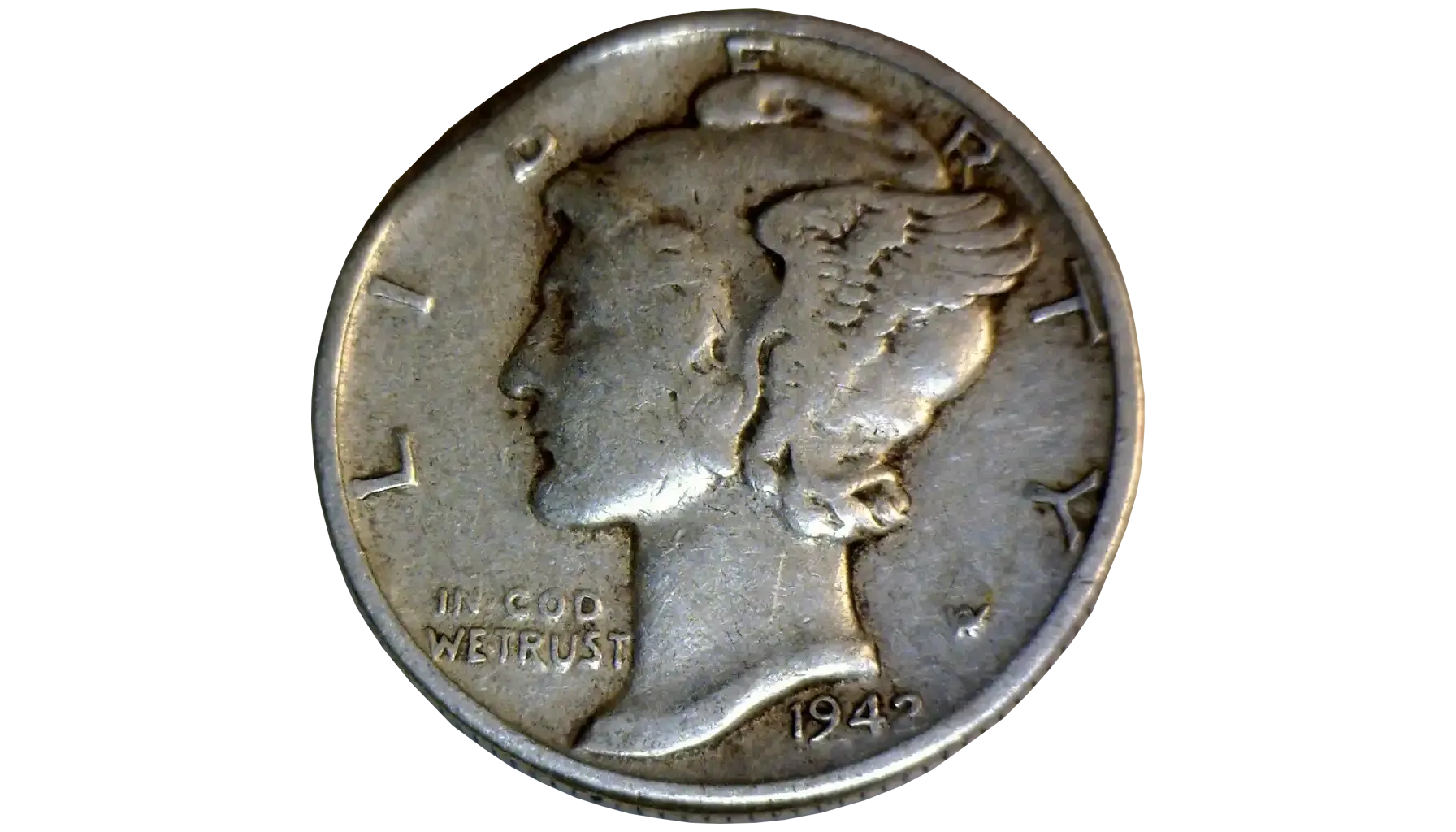
When a piece of the coin is missing as if it was cut off, then the coin was clipped. This error is common throughout the whole 1916-1945 series.
Clipped pieces can go for more than $30.
Error cause: as coin blanks are punched from a metal sheet, they must be evenly spaced. If the sheet shifts or overlaps during the punching, the punch may cut into the edge of the sheet. The result is a clipped piece.
Dime Grading
The condition of Liberty dime 1939 means everything to the collectors. Only the best-preserved pieces go for the highest price.
How do you determine a good coin? Gladly, there are gradings. The coins that have received the highest grades are determined to be the most desirable.
Quality Grading | Description |
About Good | The lowest grade for a dime. Only a hazy outline of the coin's original remains. Most of the details of the design washed away. |
Good | Throughout much of history, people distributed the piece. As a result, these coins exhibit numerous signs of extensive wear. For example, deep scratches and the complete erosion of various surface details. |
Fine | The piece has been in circulation for a while and shows some signs of wear. You may observe scratches, smoothing, and typical indicators of use. However, the raised details and characteristics of the coin remain completely undamaged and in excellent condition. |
Extremely Fine | The bit is in great condition, however the grading process will reveal one or two minor imperfections. These imperfections might be as small as a single scratch, but even this is enough to take away from the coin’s value. |
Uncirculated | The collectible has never entered the public market. As a result, the surfaces of the coin remain in impeccable condition. While the color may have slightly dulled, its overall state is pristine. |
Grading is probably the biggest outlier when it comes to 1939 silver dime value.
1939 Mercury Dime Full Bands
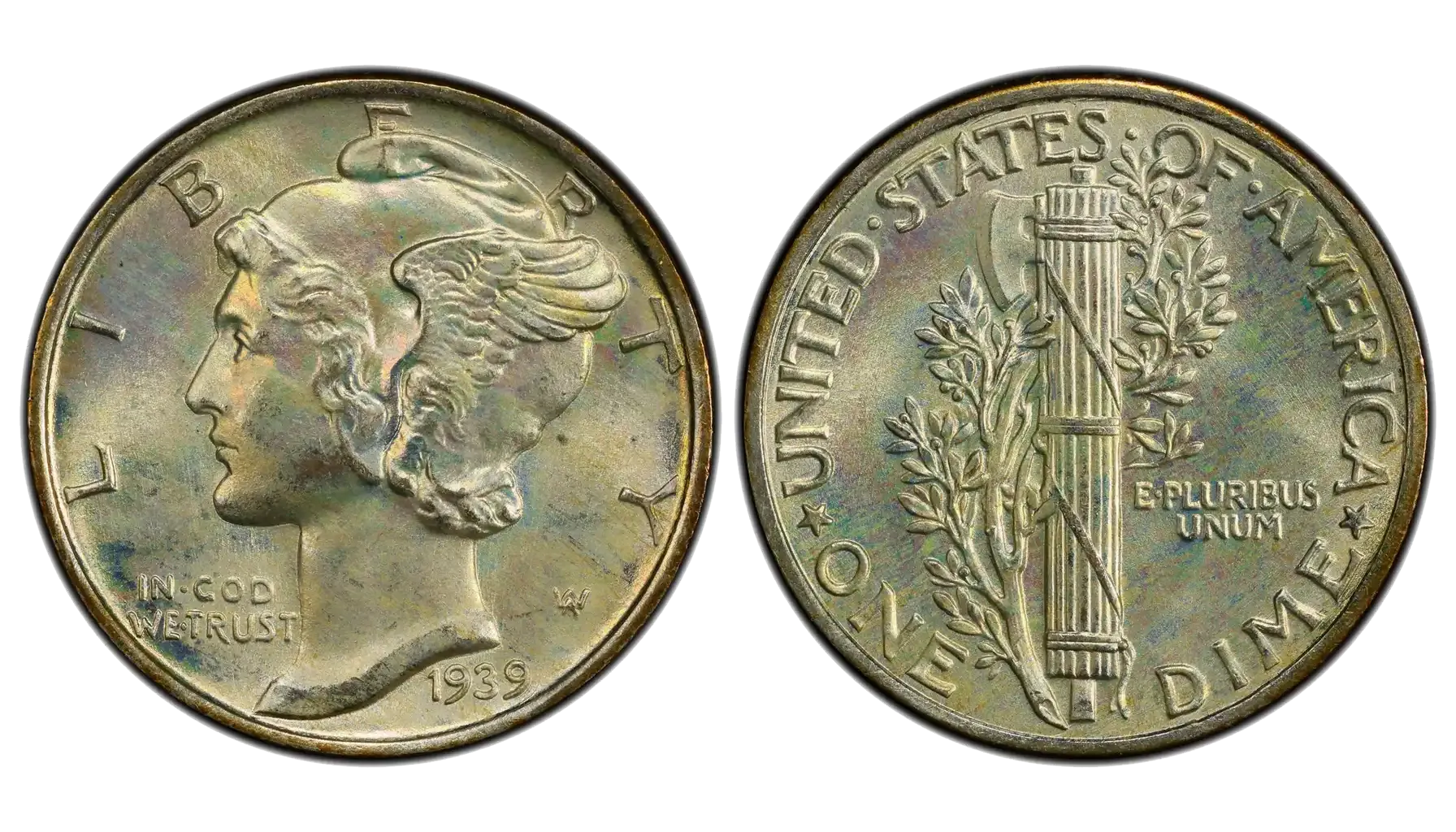
Mercury dimes are very common, but there is always an exception.
A sharply struck coin, with all details perfectly preserved, is called “Full Bands”. Here the value can climb to $1250 and more.
How to identify a perfect 1939 dime? Such pieces will have fully separated horizontal bands on the central part of the fasces.
Full Bands could only fit in the most valuable 1939 dime value chart.
1939 Liberty Dime Value
A coin’s value depends on the grading, the marks, and possible errors.
How much is a 1939 Mercury dime worth? Let’s see the price table to find out.
Piece | Mintage | G (4) | VG (8) | F (12) | VF (20) | EF (40) | AU (50) | MS (60) | MS (65) |
1939 P | 67,740,000 | $3.40 | $3.99 | $4.54 | $4.80 | $5.09 | $6.99 | $11.06 | $33 |
1939 D | 24,394,000 | $3.40 | $3.99 | $4.54 | $4.80 | $5.09 | $7.02 | $11.06 | $40 |
1939 S | 10,540,000 | $3.40 | $3.99 | $4.54 | $4.80 | $6.11 | $15 | $29 | $53 |
Hopefully, this value chart can help you!
Now look at the coin in your hand. Do you know what kind it is? It could be a special mintage, after all.
How to Inspect Your Collectible
Here’s a little inspection guide.
Inspect fine details with a magnifying glass or 5x to 10x jeweler's loupe.
Examine inscriptions, faces, the rim and other design elements for evidence of doubling or cracks.
Look for textural changes, smudges, or elevated blobs that do not match the design.
Errors can exist on both sides, including the obverse, reverse, and rim as well.
Does this process seem hard for you? Or maybe you’re not sure of your prowess? There’s one more instrument that can help you in numismatic endeavors.
Use Coin ID Scanner
Coin ID Scanner is your friend and guide in the world of coins.

It has over 180 thousand coin entries in its database.
Apart from casual but essential instruments, one may also want to employ digital assistants like Coin ID Scanner.
Scan your piece, and in just a second you’ll get a digital entry with the latest numismatic data.
Compare your coin to real error examples with side-by-side visuals.
Chat with an AI assistant that will gladly help you on your numismatic journey.
Get the latest market data to know when to sell and when to save.
Read countless guides and blog posts on anything, from coinage history to dealership advice.
Store your valuables in the digital collection to manage them at any time.

